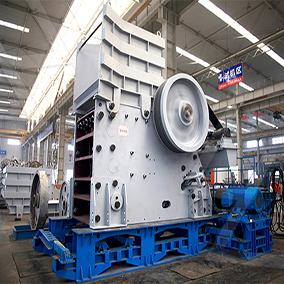Here’s a concise overview of the copper ore crushing and screening process:
1. Primary Crushing
– Large chunks of copper ore (from mining) are fed into a jaw crusher or gyratory crusher to reduce size to ~6–12 inches.
– *Purpose*: Break down ore for easier handling and further processing.
2. Secondary Crushing
– Smaller pieces are sent to a cone crusher or impact crusher to reach ~1–3 inches.
– May include a vibrating screen to separate finer material before secondary crushing (closed-circuit system).
 3. Screening
3. Screening
– Crushed ore passes through vibrating screens to classify particles by size:
– Oversize: Sent back for further crushing.
– Mid-size: Ready for grinding (e.g., ball mill).
– Fines: Bypass grinding if already suitable for concentration.
4. Optional Tertiary Crushing
– For very fine requirements, an additional crushing stage (e.g., HPGR or vertical shaft impactor) may be used.
 Key Equipment
Key Equipment
– Crushers: Jaw, cone, gyratory, impact.
– Screens: Vibrating, trommel, or multi-deck screens.
Purpose of Screening
– Ensure uniform feed size for downstream processes (e.g., grinding/flotation).
– Improve efficiency by removing waste rock early (pre-concentration).
After this stage, the crushed/screened ore typically proceeds to grinding, where it’s pulverized into a fine powder for froth flotation or leaching to extract copper.
Would you like details on downstream steps (e.g., smelting) or specific equipment types?





Leave a Reply